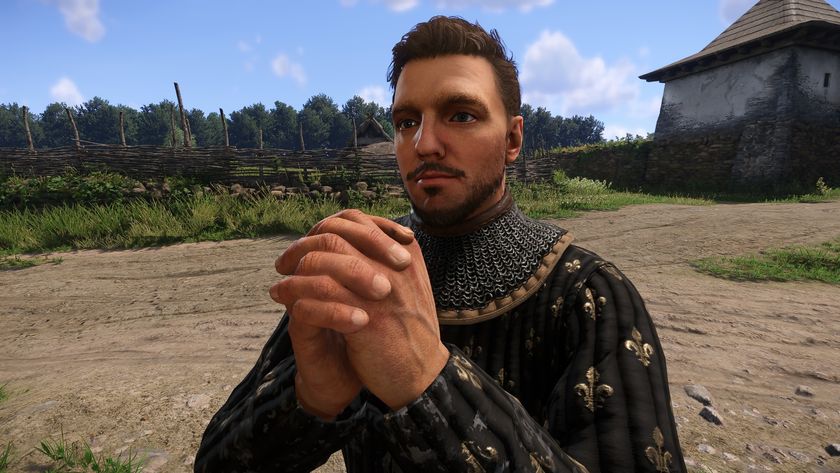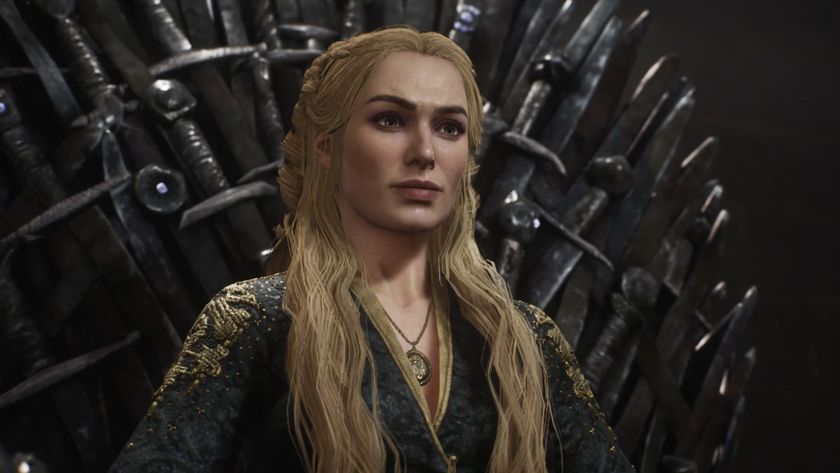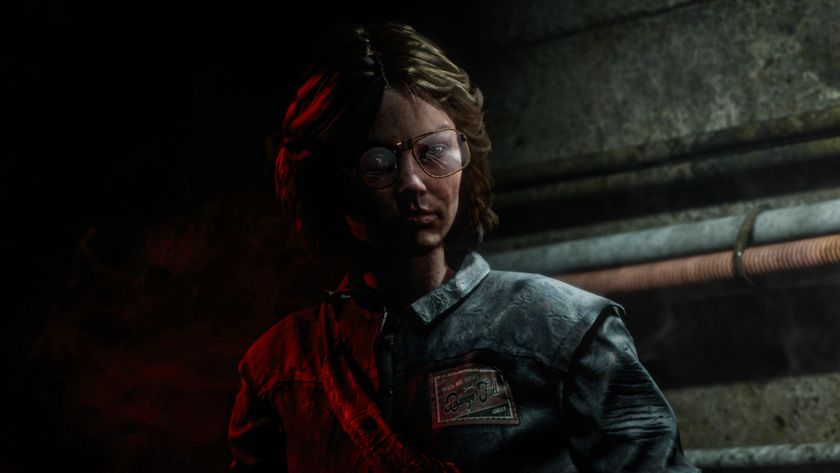How Total War: Warhammer 2 aims to fix the strategy genre's endgame fatigue
"We want to keep people challenged and on the edge of their seat right to the end."
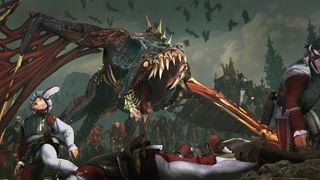
Creative Assembly recently revealed work on its second Total War: Warhammer game has been "underway for some time." Details of the specifics are still coming through, however the developer has now lifted the lid, ever so slightly, on how it plans to keep players engaged throughout its perdurable campaigns—something the strategy genre often struggles with as a whole.
Speaking to PC Gamer at EGX Rezzed in London Creative Assembly's development communications manager Al Bickham and game director Ian Roxbourgh explained how Total War: Warhammer 2 aims to tackle endgame fatigue.
"We don't want people to be like 'okay I own half the world and I've won the game I'll just start a new campaign'," says Roxbourgh of a typical scenario in grand strategy and 4X games. "We want to keep people challenged and on the edge of their seat right to the end. So now instead of only being able to lose the game by losing your last territory, you get past the point very quickly where that's never going to happen and now it's a genuine race. You are seeking to influence the vortex before the other races do and they might get there first.
"Part of stopping them from getting there might be to go and beat them up, but you've also got a series of rituals that you need to cast that also feed the narrative of your individual race. If you win that race you effectively win the campaign. It's building the narrative and the endgame into this climactic end for the first time so you feel like 'I've gotta get there oh oh oh I've won'."
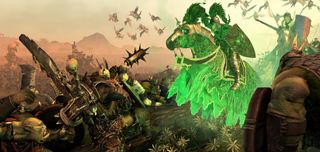
Roxburgh continues, suggesting that while there's much fun to be had in conquering huge sections of the map, the developer's metrics suggest a sizeable number of players actually sidestep ascertaining each and every victory condition in favour of starting new campaigns.
Bickman adds to this, saying at this stage in the game the challenge has gone and players are simply "painting the map" from hereon. He says there's a big desire to address this problem, one which many strategy games face.
He continues: "If one of the other races goes through the various motions that they need to [in order] to reach their victory conditions, you'll be able to see, you'll be able to track in some way, how well the other races are doing so you know if you see one race is getting ahead—you'll be like: 'well I've got to pull them back line'. You might want to go and attack those guys, there's the possibility of losing and we've never had that before."
The biggest gaming news, reviews and hardware deals
Keep up to date with the most important stories and the best deals, as picked by the PC Gamer team.
One such way Creative Assembly plans to underscore this drive for long-term engagement and more diverse battles is by rearranging how Legendary Lords take to the battlefield. In the first Total War: Warhammer, each race had two Legendary Lords that started from the same locations, however the sequel will now see them separated.
"Not only do you get the diversity of each legendary lord having his own or her own unique skill tree and everything there, but being plonked in a different part of the map fighting different enemies makes it a new kind of game as well," says Bickham. "So we've effectively got four new races but eight playable factions. Again, we're doubling on it and it gives us a chance to play with more things create more diversity."
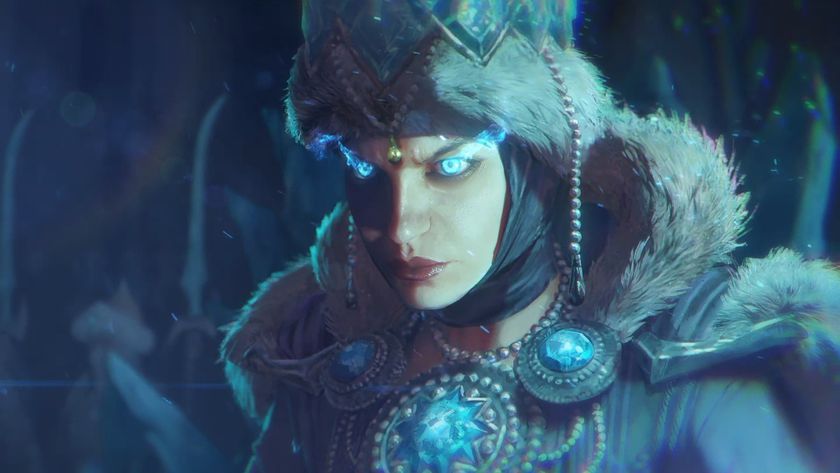
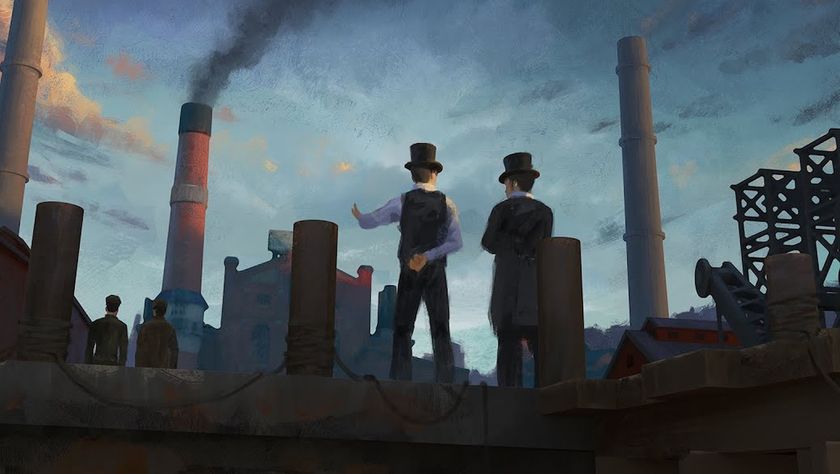
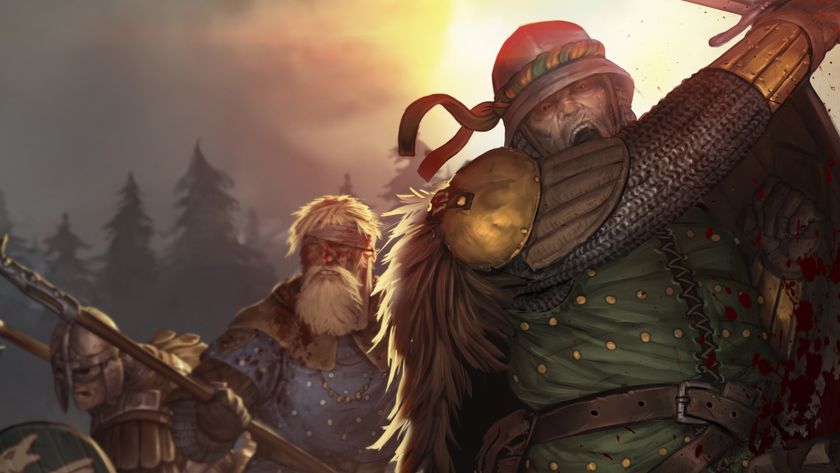
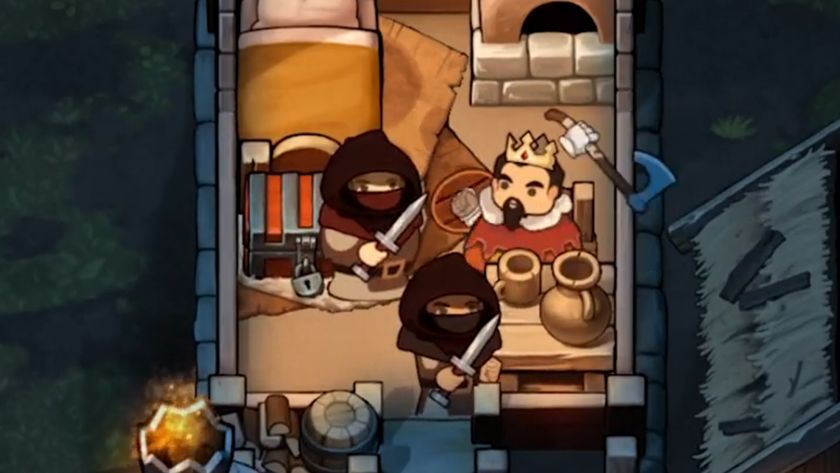
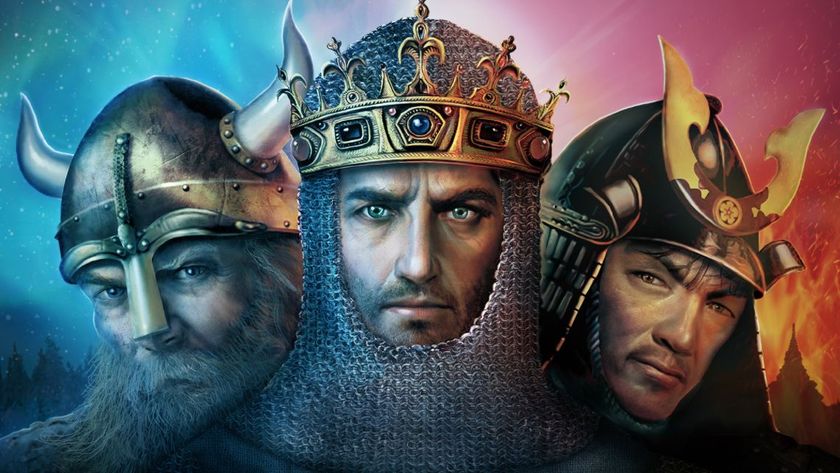
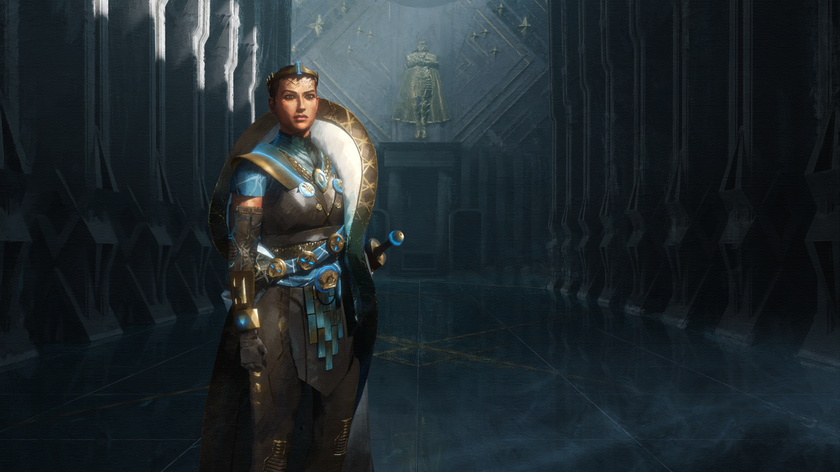
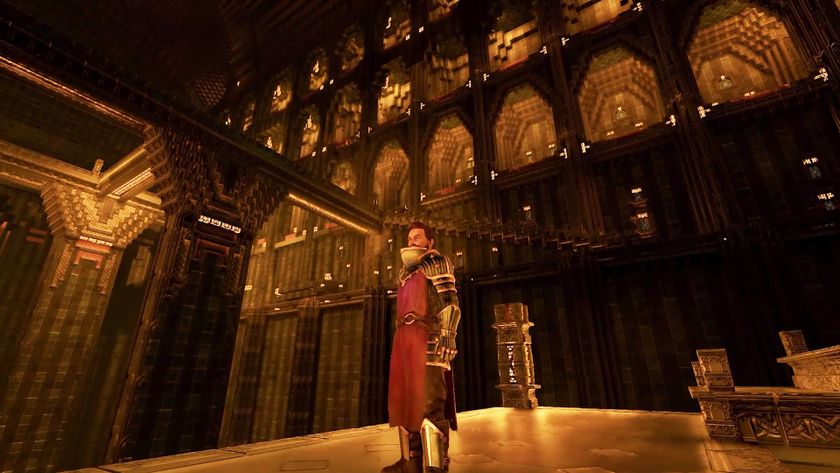
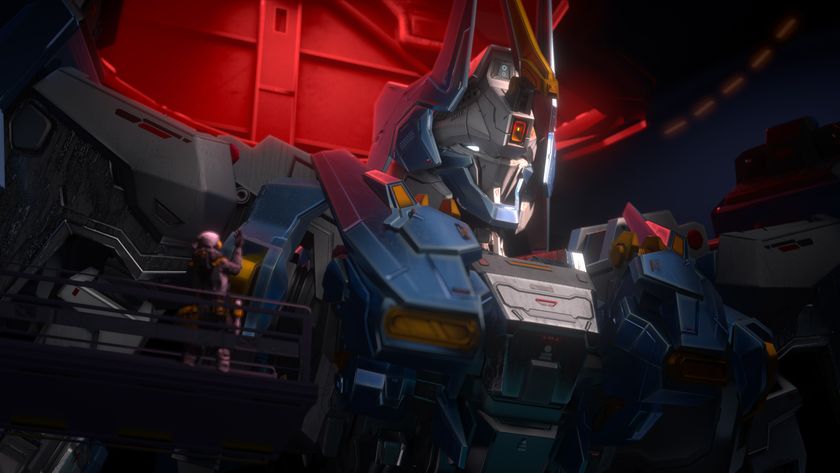
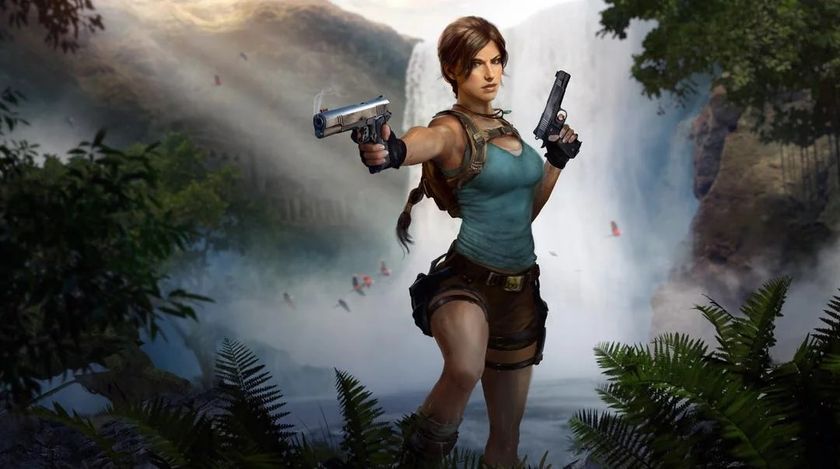
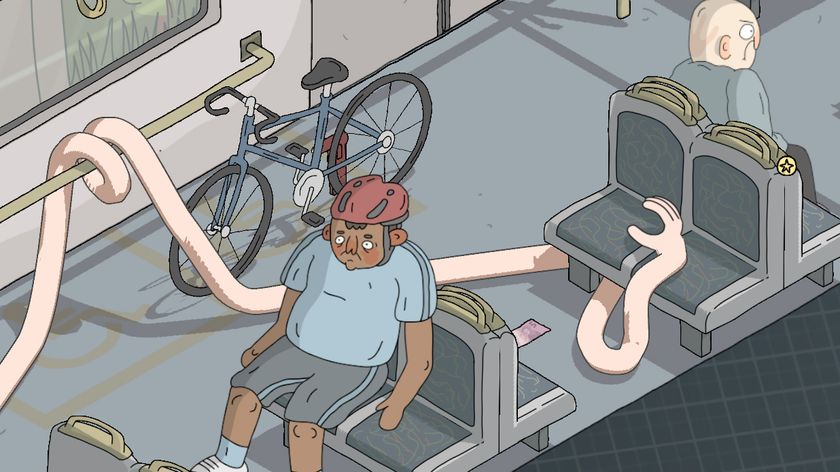
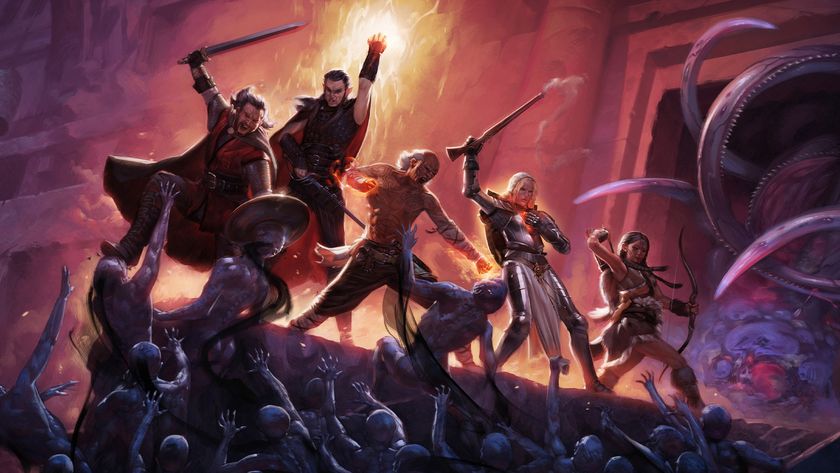


Total War: Warhammer 3 rolls out a cool Kislev overhaul, changes befitting Tzeench’s magic, new projectile units and creakier skeletal horses

As Civilization 7 struggles to keep up with Civ 5 player counts, a new patch is coming tomorrow with still more UI changes and gameplay tweaks
